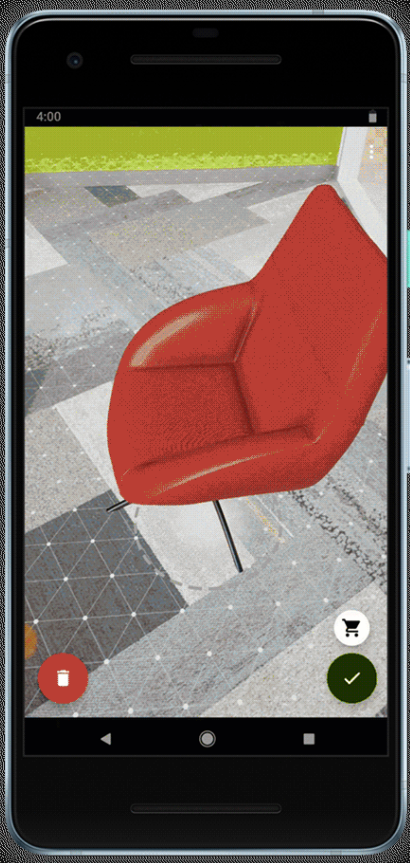
Google is trying to improve augmented reality (AR) development by releasing an update to ARCore, which is the company’s AR development platform, and an update to Sceneform, the company’s 3D rendering library for building AR applications on Android.
“These updates include algorithm improvements that will let your apps consume less memory and CPU usage during longer sessions. They also include new functionality that give you more flexibility over content management,” Clayton Wilkinson, developer platforms engineer for Google, wrote in a post.
As part of the update, Google has added an API to ARCore that will assign IDs to each individual dot in a point cloud. This is in response to a request to be able to associate points between frames. When points are present in more than one frame, they are more likely to be part of a solid structure as opposed to being moving objects, the company explained.
These ID will be unique, and developers will be able to determine if values are associated with the same point if the same value shows up more than one. Furthermore, points that go out of view will be lost forever. If that point come back into view later, it will be assigned a new ID, the company explained.
Google has also added ARCore support to more devices so that “AR experiences can reach more users across more surfaces.” New devices include the Acer Chromebook Tab 10.
An API has been added to Sceneform, which enables apps to load gITF models at runtime, eliminating the need to convert gITF to SFB format before rendering. According to Google, this will be especially useful for apps with a large number of gITF models, such as shopping apps.
It also published the source code of the Sceneform UX library so that developers can customize elements as needed.






